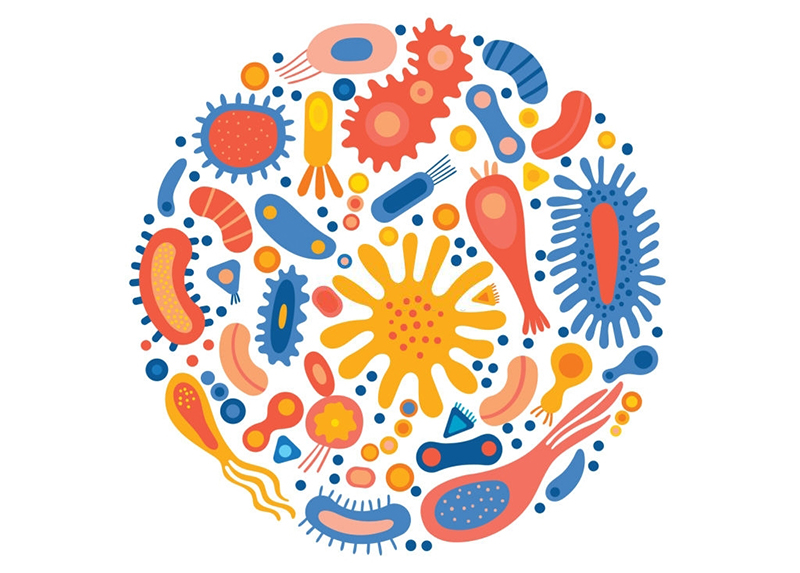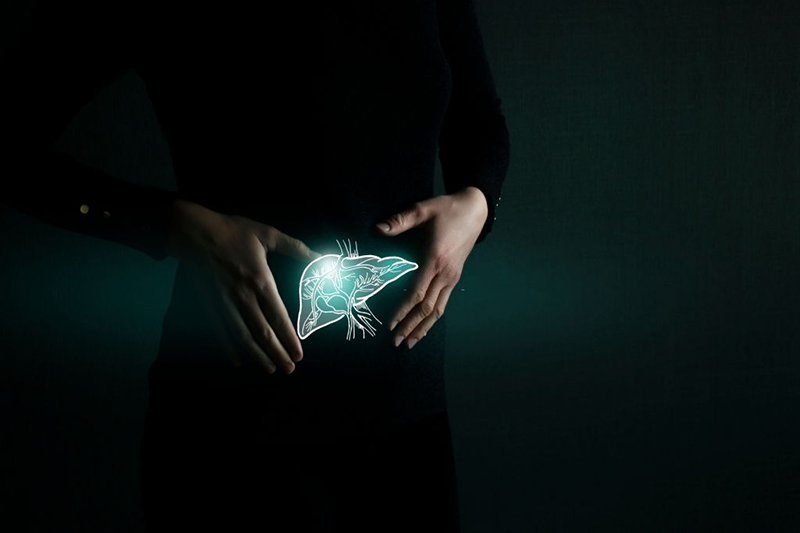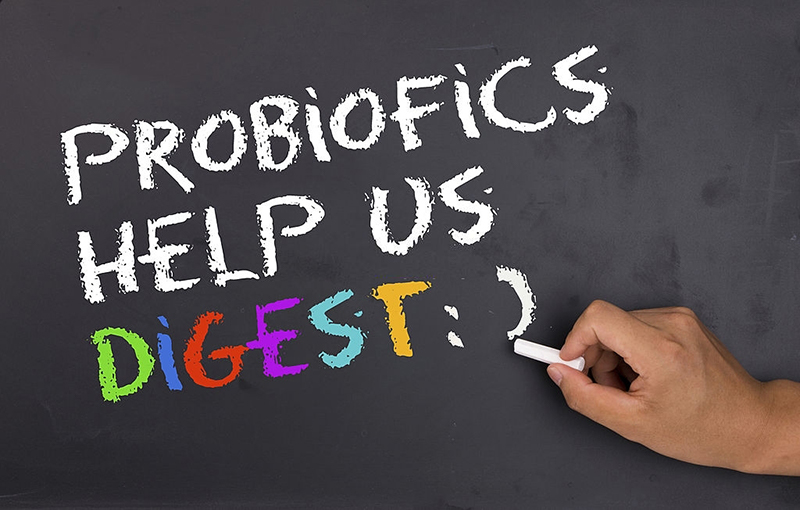A new study shows exactly how much one “good” bacteria may be exploited to its host’s advantage as scientists continue their exploration of the myriad of creatures that dwell inside our bodies. In mice and worms, scientists were able to tailor these bacteria to detect and destroy a hazardous disease, preventing and stopping illnesses. probioticseverything.com e-probiotic
The microbiome refers to the thousands of bacteria and fungi that live inside humans, and the “good” bacteria and yeast are commonly referred to as a probiotic. Because mice and worms differ from humans in terms of their microbiomes, it’s too early to say whether this lab-made bacteria will function in humans. However, the work, which was published in the journal Nature Communications today, is a good example of how we might be able to reprogram the body’s microorganisms to attack diseases more specifically. The goal is that these genetically modified probiotics can one day aid in the prevention of diseases or possibly serve as an alternative to drugs, which can cause bacterial resistance. probioticseverything.com e-probiotic
In an email to The Verge, study co-author John March, a professor in Cornell University’s Department of Biological and Environmental Engineering, writes, “From the animal studies it appears practical.” “However, since we can’t test this in people yet,” says the researcher, “it’s difficult to predict how it will perform.” probioticseverything.com e-probiotic
Escherichia coli Nissle 1917 was the probiotic employed in the study. Although E. coli is known for causing diarrhea, urinary tract infections, and pneumonia, the majority of strains, including E. coli Nissle 1917, are really innocuous. It was first isolated from the excrement of a lucky World War I soldier who, unlike the others of his trench, was not hit by a bacterial dysentery outbreak that caused severe, bloody diarrhea. The probiotic strain has been proved to help with a variety of digestive diseases. probioticseverything.com e-probiotic
Previously, researchers had reprogrammed an E. coli strain to identify and destroy the bacterium Pseudomonas aeruginosa. This bacteria is well-known for infecting hospital patients and those with compromised immune systems. However, because the virus was eliminated in the lab rather than inside an animal in that study, it was unclear whether the technique would function in a living person. probioticseverything.com e-probiotic
The researchers used two animal models to create the probiotic E. coli Nissle 1917 to attack the same disease, P. aeruginosa. The bacteria were modified to disrupt biofilms, which are sticky, mat-like colonies that allow P. aeruginosa bacteria to collaborate with one another. These biofilms make fighting P. aeruginosa infections difficult for the immune system and medicines. According to March, the probiotic was reprogrammed to recognize the infection, tear down its protective barrier, and destroy it. The modified E. coli Nissle 1917 was able to stop P. aeruginosa from infecting the guts of roundworms and mice. According to the study, the probiotic proved particularly effective at preventing the onset of an infection rather than fighting an existing one.
The E. coli strain, for example, remained in mouse intestines for up to three weeks. This means that a single dose of the modified antibiotic could keep P. aeruginosa infections at bay for several weeks. As a result, according to lead author Matthew Chang of the National University of Singapore, it could be used to prevent infections in at-risk individuals in the future. It could potentially be used as an antibiotic replacement. Bacteria will inevitably adapt to our antibiotics, becoming resistant – something that has been observed since the first antibiotic, penicillin. Since the 1980s, no new classes of antibiotics have been introduced, and we’re running out of the life-saving medications that much contemporary medicine relies on. That makes today’s discovery more than a curiosity: anything that can help keep antibiotics on hand could help prevent the rise of resistance. probioticseverything.com e-probiotic
“Antibiotic resistance is something I expect to always exist,” March explains. However, because it attacks many lines of resistance, this bacterium may be more successful than a typical antibiotic, he claims. probioticseverything.com e-probiotic
The lab-made probiotic has only been tested in animals so far, so it’s uncertain whether it would work in humans. When the modified microorganism is tested in humans, a variety of things could go wrong. “It’s possible that the host will reject the probiotic, but this is an uncommon occurrence,” March says. “The host could have an allergic reaction in the same manner that any medication could.” probioticseverything.com e-probiotic
So there’s still a lot of work to be done, but today’s discoveries point to the huge potential that our microbiome holds. probioticseverything.com







